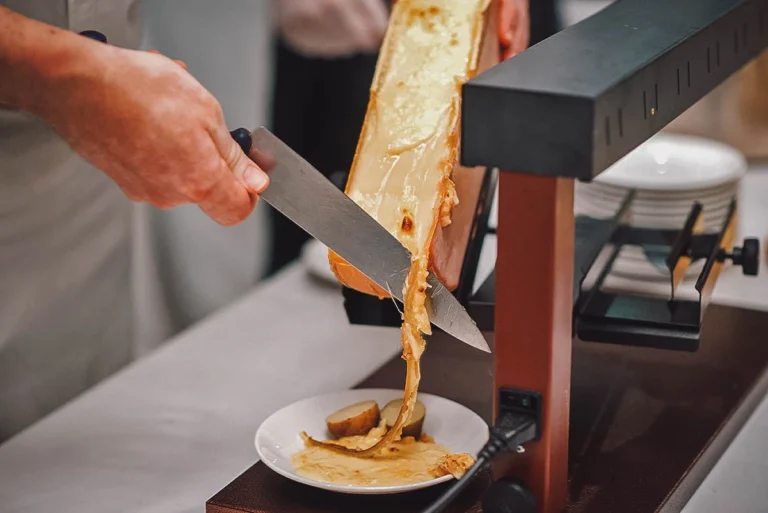Introduction: The Culinary Diversity of Switzerland
Switzerland is renowned for its stunning landscapes, sophisticated cities, and diverse culture. Its cuisine is also steeped in diversity, a blend of influences from neighboring countries, including Germany, France, and Italy. While traditional Swiss dishes, such as fondue and rösti, remain popular, the country’s culinary scene has evolved over time, with modern chefs blending traditional recipes with international flavors.
German Influence on Swiss Cuisine
Switzerland shares a border with Germany, and as a result, German cuisine has had a significant impact on Swiss dishes. One of the most popular German-inspired dishes in Switzerland is Zürcher Geschnetzeltes, a creamy dish of strips of veal cooked with mushrooms and onions, served with rösti. Another German-inspired dish is Sauerkraut, which is a fermented cabbage dish that is often served as a side dish to meat dishes like Schweinshaxe, a roasted pork knuckle.
The Influence of French Cuisine on Swiss Dishes
Due to Switzerland’s proximity to France, French cuisine has also had a significant influence on Swiss dishes. One of the most familiar Swiss dishes that have a French influence is raclette, a cheese dish that is typically served with potatoes and pickles. Another dish with French roots is the Swiss Onion Soup, which is a soup made with onions, white wine, and a beef broth, topped with melted cheese.
Italian Cuisine and Its Effect on Swiss Gastronomy
Switzerland shares a border with Italy, and this has led to a strong Italian influence on Swiss cuisine, particularly in the south of the country. One of the most popular Italian-inspired dishes in Switzerland is the Capuns, a dish that consists of meat wrapped in chard leaves and then cooked in a creamy sauce. Another dish with Italian roots is the Pizzoccheri, a pasta dish made with buckwheat noodles, cheese, and vegetables.
Culinary Contributions from Switzerland’s Neighbors
In addition to the three neighboring countries, Switzerland has also been influenced by the cuisines of other countries. For example, the Swiss have incorporated Turkish flavors into their cuisine, with the popular dish Kebab being a staple in many Swiss cities. Additionally, Swiss chocolate has gained worldwide recognition, and the country is known for its Swiss chocolate and pastry shops.
The Blend of Cultures in Modern Swiss Cuisine
Switzerland’s culinary scene has evolved over time, and modern chefs have blended traditional recipes with international flavors. As a result, Swiss cuisine has become an exciting and diverse culinary scene, with a blend of flavors from neighboring countries and beyond. Today, Swiss cuisine is a reflection of the country’s multicultural heritage, a celebration of its diversity, and a testament to its gastronomic excellence.

